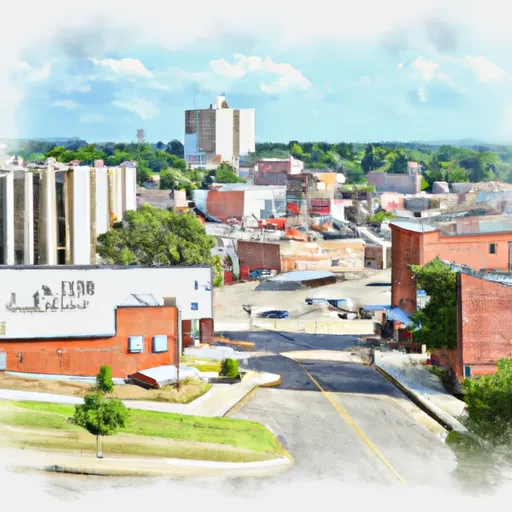°F
°F
mph
Windspeed
%
Humidity











Troy, Alabama is a charming city located in the southeastern part of the state. It has a humid subtropical climate, characterized by hot and humid summers and mild winters. Summers in Troy are typically long and hot, with temperatures often exceeding 90°F (32°C). Winters are generally mild, with temperatures rarely dropping below freezing.
Troy is surrounded by beautiful natural landscapes, with the Conecuh River and the Pea River flowing nearby. These rivers offer a variety of hydrology constituents, providing opportunities for fishing, boating, and recreational water activities. Both rivers are known for their diverse fish population, making them popular destinations for anglers.
In addition to its water-based activities, Troy boasts several outdoor recreation opportunities. The city is home to many parks and recreational areas, offering amenities like walking trails, picnic areas, and sports facilities. The Conecuh National Forest, just a short drive away, presents further opportunities for hiking, camping, and wildlife viewing.
Overall, Troy, Alabama offers a pleasant climate, access to rivers, and various outdoor activities, making it an appealing destination for nature enthusiasts and those seeking a mild climate year-round.
Weather Forecast
Troy receives approximately 1323mm of rain per year, with humidity levels near 86% and air temperatures averaging around 18°C. Troy has a plant hardyness factor of 8, meaning plants and agriculture in this region tend to thrive here all year round.
Regional Streamflow Levels
78
Cubic Feet Per Second
115
Cubic Feet Per Second
69
Cubic Feet Per Second
213
Cubic Feet Per Second
Nearby Camping
| Camping Area | Reservations | Toilets | Showers |
|---|---|---|---|
| Grayton Beach State Park | |||
| Turnipseed Hunter Camp | |||
| Noccalula Falls Campground | |||
| Lake Chinnabee | |||
| Wind Creek State Park | |||
| Anniston Army Depot RV Military |



